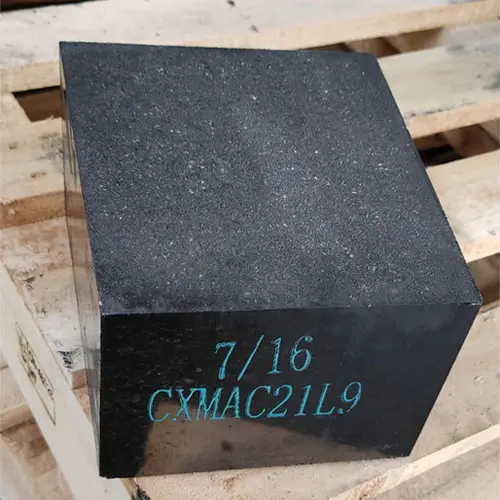Alumina magnesia carbon (AMC) bricks are widely used in various high-temperature applications, such as in the iron and steel industry. Here are some advantages and disadvantages of using AMC bricks.
Advantages of alumina magnesia carbon bricks:
High Refractoriness: Alumina magnesia carbon (AMC) bricks have excellent refractoriness, which makes them suitable for use in high-temperature applications where other materials may fail.
Good Resistance to Thermal Shock: AMC bricks have a good resistance to thermal shock, which means they can withstand sudden changes in temperature without cracking or breaking.
High Corrosion Resistance: The combination of alumina and magnesia in alumina magnesia carbon (AMC) bricks results in excellent resistance to chemical attack from molten metals and slags, making them ideal for use in the iron and steel industry.
Low Porosity: AMC bricks have low porosity, which makes them less prone to erosion, spalling, and cracking.
Disadvantages of alumina magnesia carbon bricks:
High Cost: Alumina magnesia carbon (AMC) bricks are relatively expensive compared to other refractory materials, which may make them less suitable for some applications.
Low Thermal Conductivity: AMC bricks have low thermal conductivity, which can result in uneven heating in certain applications.
Low Resistance to Carbon Monoxide: Alumina magnesia carbon (AMC) bricks may have a reduced lifespan in environments containing high levels of carbon mo noxide, which can lead to carbon deposition and corrosion.
Susceptibility to Thermal Cycling: Although AMC bricks have good thermal shock resistance, they may still be susceptible to damage from repeated thermal cycling over time.

